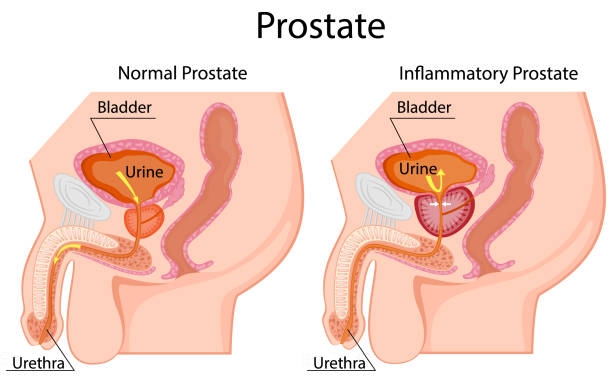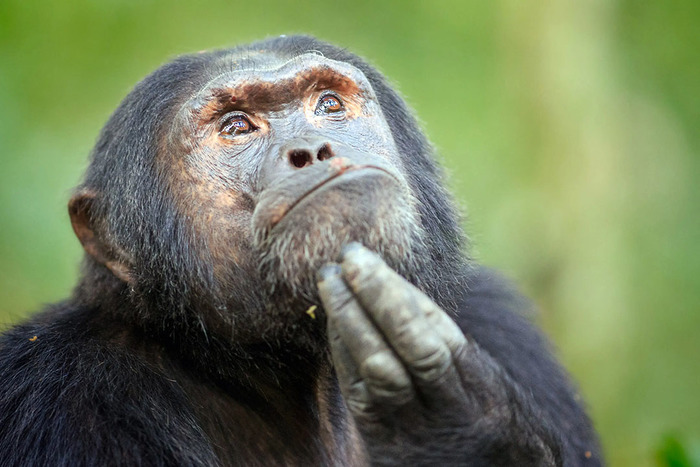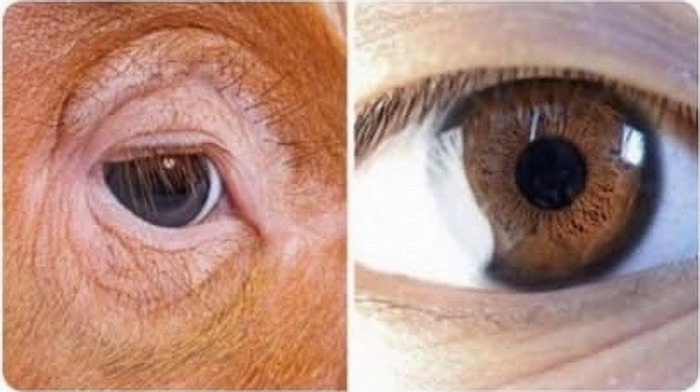Thank your other half for your looks. And your medical conditions. Fri 29 April 2022

Human eyes are a DNA mystery. Source
Where did humans get the DNA for:
- blue eyes, green eyes, hazel eyes
- eyebrows
- eyelashes?
Because they didn't get it from their alleged chimp ancestors:
I'm puzzled by this enigma too. Source: For Want of a Nail
Human eye features shared with pigs but not apes:
- Lightly pigmented eyes (blue, green, hazel/tan) relatively common
-
Heavy eyelashes. From MacroEvolution:
On their eyelids, pigs have luxuriant eyelashes, thicker even than those of human beings. In many pigs these cilia, as anatomists term them, are so thick that the animal seems to be wearing false eyelashes. But apes scarcely have eyelashes at all, despite the apparent survival value of this feature.
-
Eyebrows. From MacroEvolution:
Swine have prominent eyebrow hair. Adult apes, however, have no eyebrow hair. - Narrow eye opening (ie relatively narrow from upper lid to lower lid)
Even though most humans are brown-eyed, the structures around their eyes resemble the structures of pigs' eyes more than chimpanzees' eyes:
Don't it make your brown eyes blue. Source: Discord Meme from dehler55!
Human facial features shared with pigs but not apes:
- Earlobes
-
Protruding, cartilaginous nose:

Eugene McCarthy demonstrates the protruding, cartilaginous nose. Source
-
Short, thick upper lip
-
Philtrum (Cupid's Bow). Occasionally developing into cleft lip:

The enigmatic philtrum mystifies Creationists and Evolutionists. Source
-
Hairless, thin lips (Glabrous mucous membrane bordering lips)
Human skin features shared with pigs, not apes:
- Hairless or near-hairless skin ('sparse pelage')
-
Layer of subcutaneous fat ('Panniculus adiposus')

Subcutaneous fat - an anatomical feature shared by humans and pigs, not apes. Source: KnowYourMeme
-
In “hairy skin” regions, humans have:
- Thick outer skin ('epidermis')
- Crisscrossing congenital lines on outer skin
- Patterning in the epidermal-dermal junction
- Skin contains a lot of elastic fiber
- Pigment production not in skin (Dermal melanocytes absent)
- Pigment production around hair follicles (Melanocytes present in matrix of hair follicle)
- Epidermal lipids contain triglycerides and free fatty acids
- Sweat glands ('thermoregulatory sweating')
- Large number of blood capillaries ('richly vascularized dermis')
- Limited area of twitching muscles ('Panniculus carnosus'): only in face and neck
Human internal organs shared with pigs, not apes:
- Diverticulum at cardiac end of stomach
- Valves of Kerckring
- Mesenteric arterial arcades
- Multipyramidal kidneys
- Heart auricles level
- Tricuspid valve of heart
- Laryngeal sacs absent
- Vocal ligaments
- Prostate encircles urethra
- Bulbo-urethral glands present
- Os penis (baculum) absent.
- Hymen
- Absence of periodic sexual swellings in female
- Ischial callosities absent
- Nipples low on chest
- Bicornuate uterus (occasionally present in humans)
- Labia majora
Cranial features possessed by pigs, not apes:
- Brain lobes: frontal and temporal prominent
- Thermoregulatory venous plexuses
- Well-developed system of emissary veins
- Enlarged nasal bones
- Divergent eyes (interior of orbit visible from side)
- Styloid process
- Large occipital condyles
- Primitive premolar
- Large, blunt-cusped (bunodont) molars
- Thick tooth enamel
- Helical chewing
Hair features shared with pigs, not apes:
-
Head hair. From MacroEvolution:
Other primates do not have the long mane of hair that tops the head of an unshorn human, nor do they have beards. Haltenorth notes that in some varieties of Sus scrofa, manes are found on the neck and back, beards on the cheeks, and shocks of hair on the forehead and atop the head. He also says that the last of these three traits - head hair - is found, among pigs, in Sus alone.
Other human traits shared with pigs, not apes:
- Nocturnal activity
- Terrestrialism (Non-arboreal)
- Particular about place of defecation
- Good swimmer, no fear of water (though some chimps are water-curious)
- Extended male copulation time (relatively speaking)
- Female orgasm
- Short menstrual cycle
- Snuggling
- Tears
- Able to exploit a wide range of environments and foods
Medical conditions shared with pigs, not apes:
- Alcoholism
- Heart attacks
- Atherosclerosis
- Cancer (melanoma)
-
Prostatitis:

Urethra-encircling prostate glands are part of our pig inheritance. Source
Male apes don't suffer if their prostate gland enlarges because ape prostates don't encircle the urethra.
Source: Physical Nutrition
Pig prostates do:
How did humans 'evolve' prostate glands like pigs' prostates while apes didn't?
More:
"Where'd you get those peepers?" Source: Harry Warren - Jeepers Creepers
These enigmas suggest genetic design:
Who gave me this prostate? Source: Blade Runner
© All rights reserved. The original author retains ownership and rights.
More of this investigation:
You're Not Real Are You?

